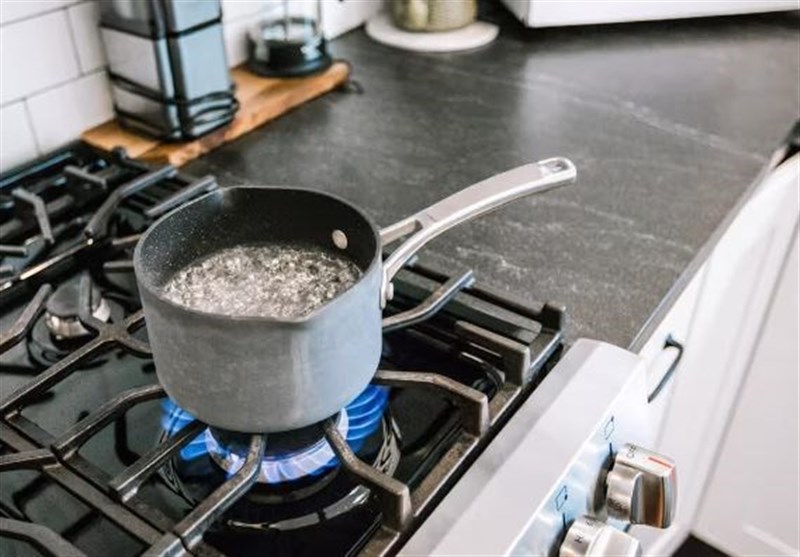Boiling Water May Remove Up to 90% of Microplastics
TEHRAN (Tasnim) – Boiling and filtering tap water could significantly reduce the amount of microplastics consumed, according to recent studies.
Microplastics, tiny plastic particles as small as one-thousandth of a millimeter in diameter, have been found in various products and tap water.
A study published in Environmental Science & Technology Letters on February 28 discovered that boiling mineral-rich water for five minutes could decrease exposure to nano- and microplastics (NMPs) by up to 90%.
While the health effects of microplastic exposure are still being understood, evidence suggests they can accumulate in the body and lead to oxidative stress, inflammation, insulin resistance, and liver issues.
Although advanced water filtration systems can remove some NMPs from tap water, researchers sought additional solutions, especially for regions lacking access to clean water. Boiling water may offer a simple, effective way to decontaminate household tap water.
Dr. Luz Claudio, a professor of environmental medicine and public health at the Icahn School of Medicine at Mount Sinai, noted, "Boiling water before drinking is a great example of an ancient cultural practice that can help reduce an environmental exposure."
The study found that boiling water is an initial step in removing NMPs from tap water. In the study, tap water samples from Guangzhou, China, were contaminated with NMPs and then boiled for five minutes before being left to cool for 10 minutes.
Boiling hard water rich in minerals like calcium or magnesium creates a chalk-like residue known as calcium carbonate (CaCO3), which can trap the plastics. This residue can be separated and removed from the water using a standard coffee filter or stainless steel filter, effectively eliminating NMPs.
The effectiveness of this method is influenced by the hardness of the water, with harder water trapping more microplastics. For example, in samples with 300 milligrams of CaCO3, nearly 90% of NMPs were removed, compared to approximately 25% in samples with less than 60 mg of CaCO3.
Microplastics are commonly found in groundwater and surface water due to wastewater and surface runoff. Although traditional water treatment plants cannot remove NMPs, advanced systems exist that can capture and remove these tiny plastic particles.
Dr. Anja Brandon, the associate director of US plastics policy at Ocean Conservancy, emphasized that more research is needed to determine when and if people should boil their tap water. She recommended boiling water in a glass or stainless steel pot, letting it cool without stirring, and using filtration or scooping methods to remove microplastics bound to calcium.






